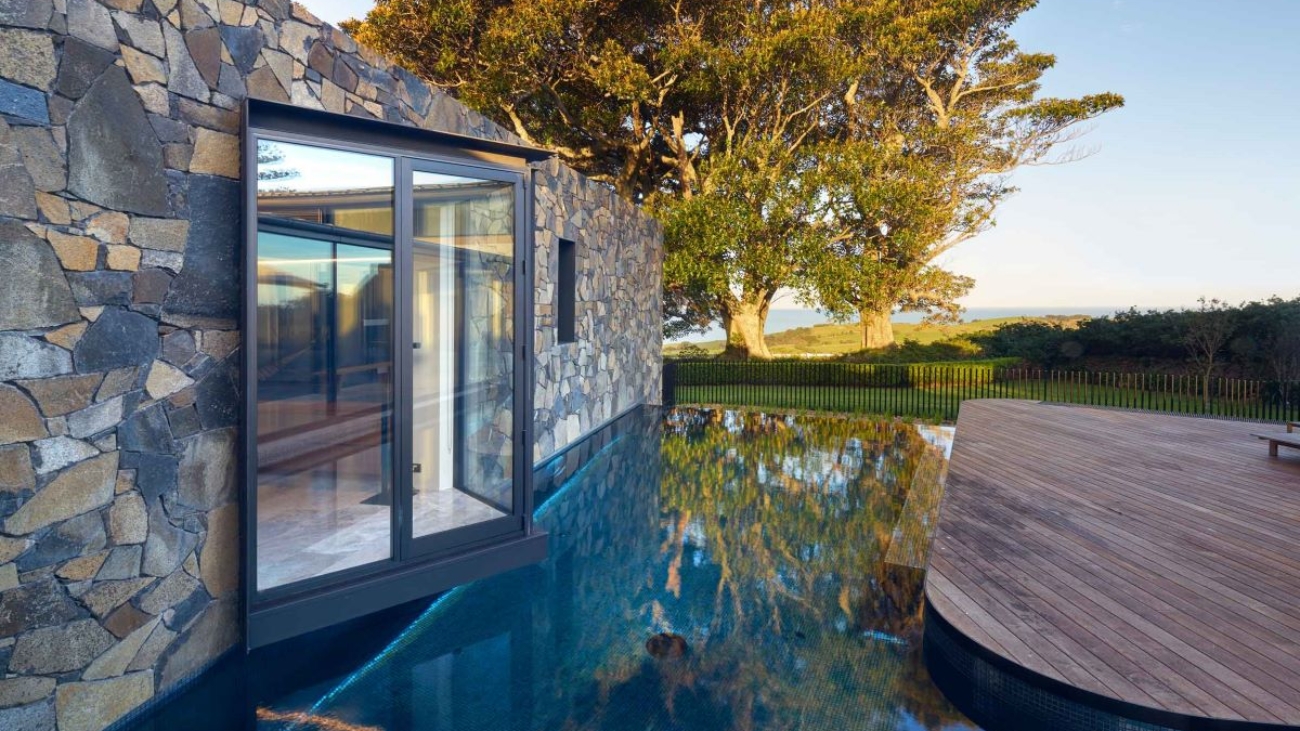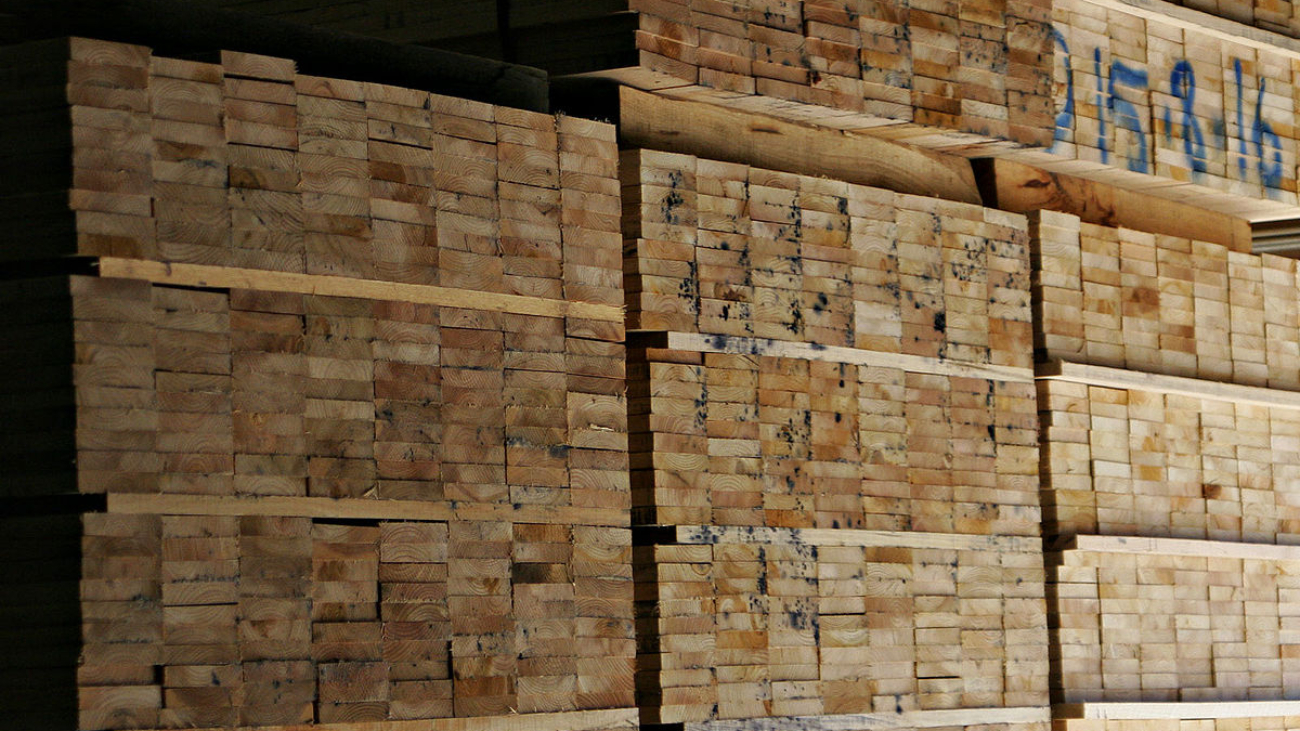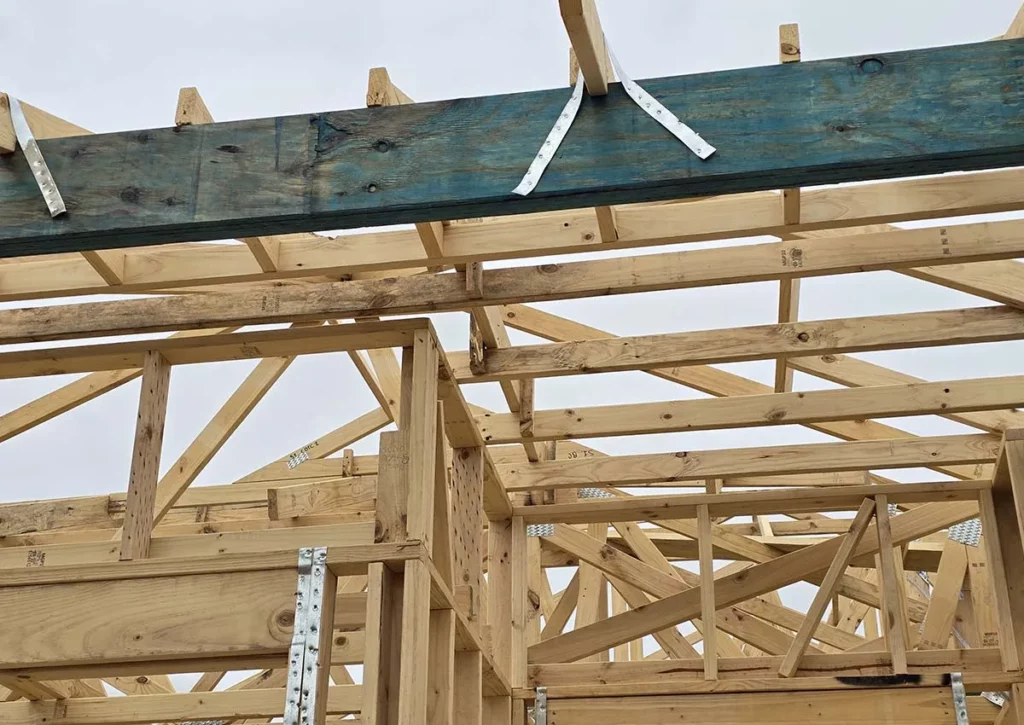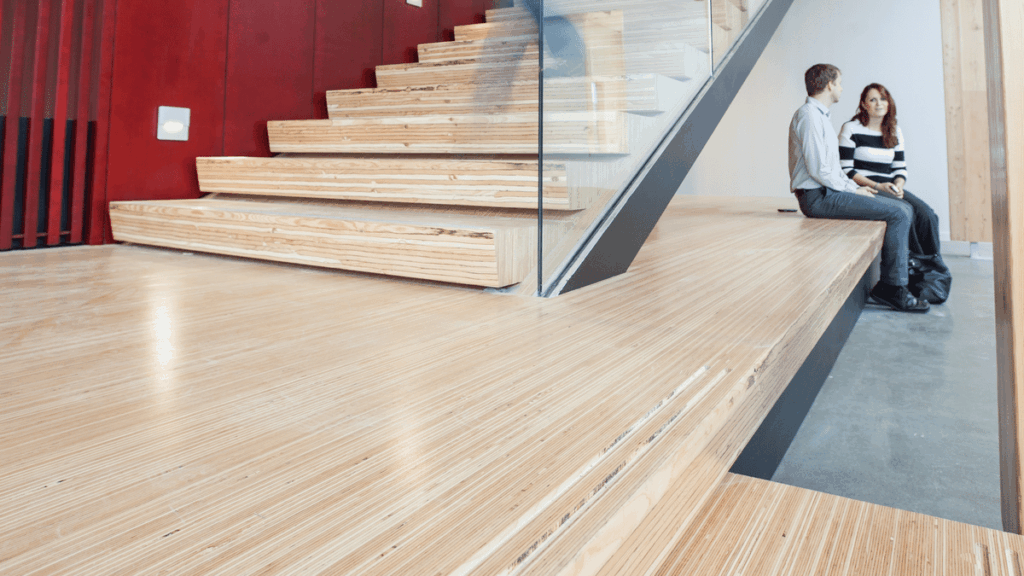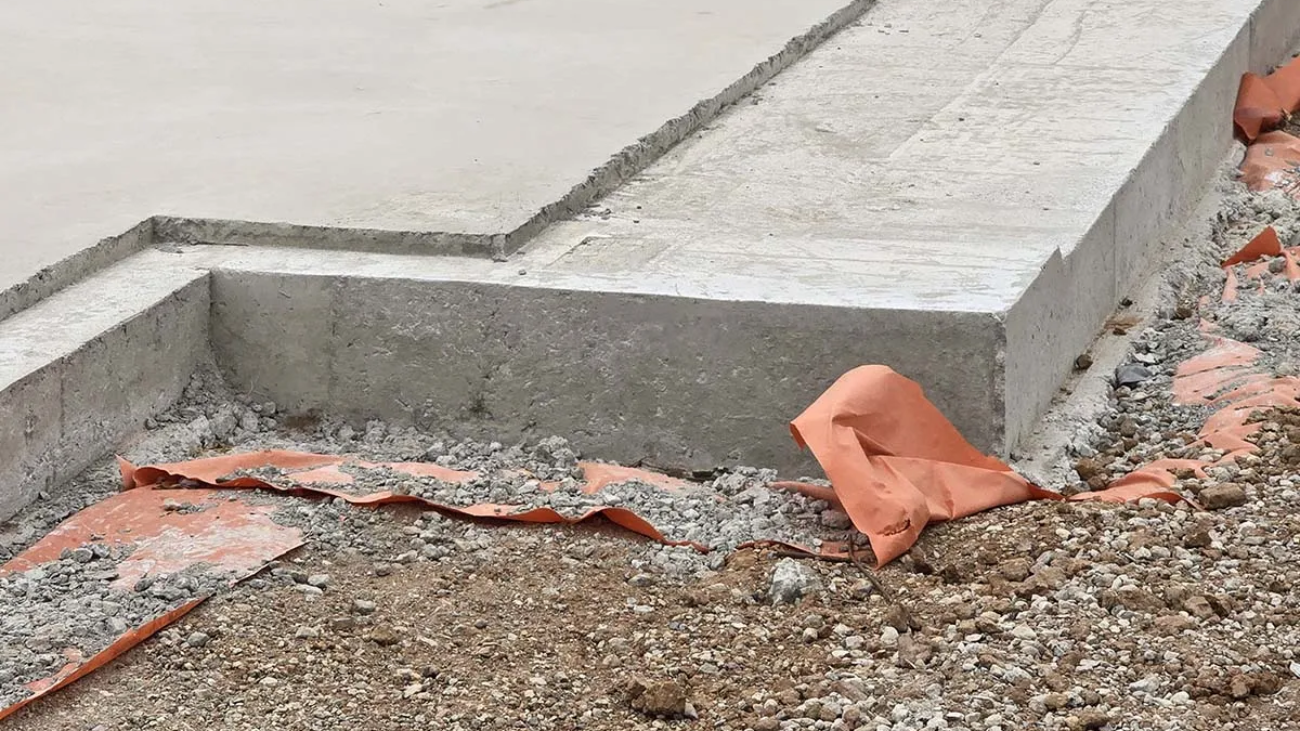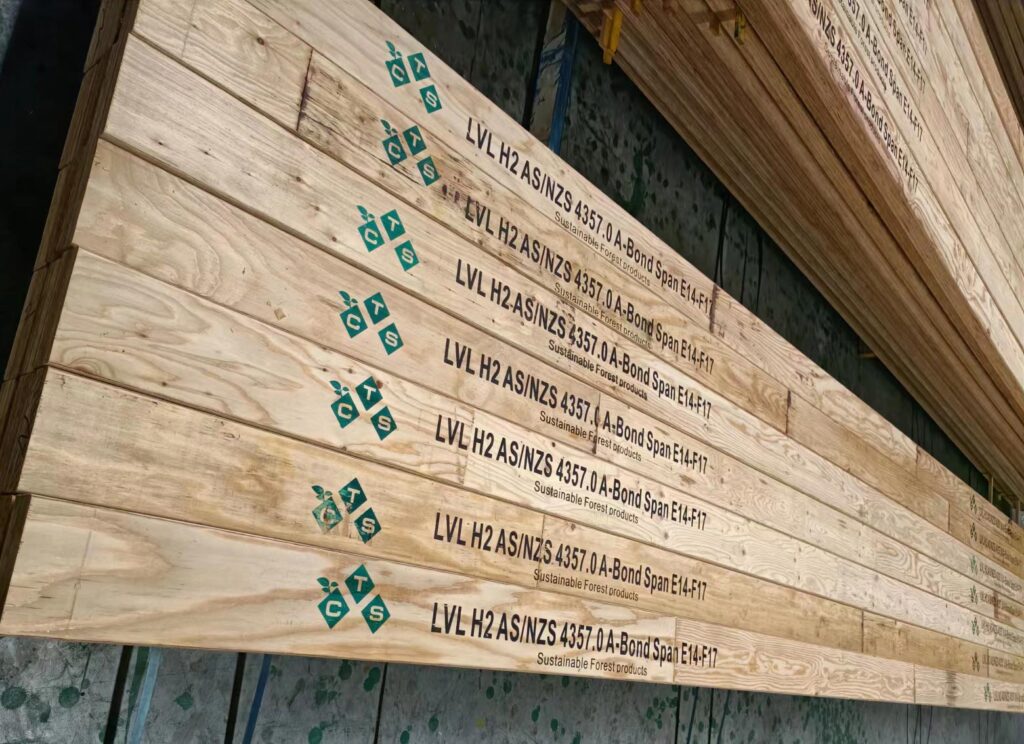How Can You Identify Termite Damage on Trees Before It Spreads in Thornleigh?
Early identification of termite damage on trees can protect your property from extensive structural harm and costly repairs. Arborist Thornleigh professionals specialise in detecting subtle signs of infestation before colonies establish themselves throughout your landscape.
Why is it Difficult to Detect Termite Damage?
Termites work silently within tree trunks and branches, making visual detection challenging for untrained eyes. Certified arborists use systematic inspection techniques to spot warning signs that homeowners typically miss. Their expertise in termite damage identification ensures problems are caught at manageable stages.
The Ideal Conditions for Termite Activity in Thornleigh
The leafy suburbs of Thornleigh create ideal conditions for termite activity, with mature trees and timber structures providing abundant food sources. A qualified Arborist Thornleigh residents trust can identify early signs of termite infestation and recommend targeted treatments before the damage spreads. Regular professional assessments by an experienced Arborist in Thornleigh help prevent termite activity from affecting healthy trees and nearby buildings, preserving both your garden’s aesthetic appeal and your property’s market value.
What Are the Warning Signs That Your Tree May Be Infested with Termites?
Early signs of termite infestation can be detected by tapping on tree trunks and listening for a hollow sound, which indicates that termites have created tunnels inside the wood. While the outer bark may appear normal, the interior structure is being damaged.
Symptoms of termites in trees can vary, but they generally exhibit specific features:
- Frass accumulation – small piles of pellet-like droppings resembling sawdust near the tree base
- Blistering or darkening of bark surfaces where moisture has penetrated damaged areas
- Unexplained cracks running vertically along trunk sections
- Soft, spongy wood that crumbles when probed with a screwdriver
In Thornleigh, certain types of trees are more susceptible to termite infestations. Native eucalypts and commonly planted liquidambars show distinct signs. Eucalypts often display kino veins (dark resinous streaks) near where termites enter, while liquidambars experience premature leaf drop on branches affected by termites.
The humid climate of Thornleigh during summer months creates ideal conditions for termites to thrive. This makes it crucial for tree owners to conduct regular visual inspections, especially between November and March when termite colonies are most active and expanding rapidly.
How to Identify Mud Tubes, a Clear Sign of Termites, on Your Trees
Termite mud tubes are pencil-width tunnels made from soil, wood particles, and termite saliva that protect these pests as they move between their colonies and food sources. These protective highways shield termites from predators and help maintain the moisture levels they need to survive.
Where to Look for Mud Tubes on Trees
Mud tubes on trees usually appear as brown, earthen pathways running vertically along the trunk or across exposed roots. Start your inspection at ground level where tubes most commonly originate, checking the base of the tree thoroughly. Use a torch to illuminate shadowed bark crevices where tubes blend into darker wood surfaces.
How to Inspect for Mud Tubes
- Run your hands along the trunk’s surface to feel for raised, crusty lines that indicate tube presence.
- Use a magnifying glass to spot smaller exploratory tubes that termites create when scouting new feeding areas.
- Check behind loose bark sections and within natural tree hollows where termites often build hidden passages.
Common Tree Species Affected by Mud Tubes
Eucalyptus and native Australian species in Thornleigh often show mud tube activity on their lower trunks, especially after rainfall when termites expand their foraging networks. Break open a suspected tube—active infestations reveal pale, soft-bodied termites inside.
Why Are Winged Termite Swarmers a Cause for Concern When It Comes to Tree Health?
Termite swarmers signal an established colony ready to expand. These reproductive termites emerge when a mature colony reaches capacity, typically numbering in the thousands. Their presence around your trees means an active infestation has already caused significant hidden damage beneath the bark.
Winged termites appear during specific conditions in Thornleigh:
- Spring and summer months (September to February) after rainfall
- Near outdoor lighting at dusk or early evening
- Around tree bases where moisture accumulates
- Close to mulched garden beds surrounding affected trees
The swarmers themselves don’t cause damage, but they indicate a thriving colony actively consuming wood. A single sighting often represents hundreds more termites working unseen within tree trunks and root systems. Arborist Thornleigh how to identify termite damage before it spreads becomes critical at this stage, as professional assessment can determine infestation extent and prevent colony establishment in healthy nearby trees. Discarded wings near tree bases confirm successful mating pairs have already begun forming new colonies.
How Does Termite Damage Impact the Overall Well-Being of Your Trees?
Termite damage directly compromises tree vitality by destroying the vascular tissue responsible for transporting water and nutrients throughout the plant. As these wood-eating pests consume the inner layers of bark and sapwood, trees begin displaying tree stress signs including yellowing or wilting foliage, stunted growth, and progressive branch dieback from the crown downwards.
The termite impact on trees becomes particularly severe when subterranean colonies establish themselves around root systems. These underground populations feed on structural roots, weakening the tree’s anchor system whilst simultaneously blocking nutrient pathways. Affected trees may develop:
- Premature leaf drop during growing seasons
- Thinning canopy with sparse foliage
- Brittle branches that snap easily
- Visible lean or instability
Thornleigh’s eucalyptus and native species prove especially vulnerable when termites hollow out trunk sections, creating dangerous structural weaknesses. Trees may appear healthy above ground whilst extensive damage progresses unseen below the soil surface, making professional arborist assessment essential for accurate diagnosis.
When Should You Seek Professional Help from an Arborist in Thornleigh Regarding Termite Issues?
You should contact a Thornleigh arborist termite inspection specialist immediately when you notice hollow-sounding wood, visible mud tubes, or unexplained structural weakness in your trees. These signs demand urgent professional termite assessment to prevent irreversible damage.
Specific scenarios requiring expert intervention include:
- Discovery of winged termites swarming near your trees during spring or summer months
- Presence of frass accumulation at the tree base or in bark crevices
- Sudden decline in tree vitality despite adequate watering and care
- Multiple trees showing simultaneous stress symptoms across your property
- Visible cracks or holes appearing in previously healthy trunks
Certified arborists possess specialised knowledge of Thornleigh’s prevalent termite species, including subterranean varieties that attack from below ground. Their training enables them to distinguish between termite damage and other wood-boring pest activity, ensuring accurate diagnosis. They use advanced detection equipment and understand seasonal behaviour patterns unique to the local area, allowing them to identify hidden infestations before they compromise structural integrity or spread to neighbouring trees and structures.
In such cases, it’s crucial to remember that not all signs of distress in trees are due to termite infestations. Some symptoms may be indicative of other underlying issues. For instance, the EPA provides a comprehensive guide on various factors that can affect tree health, which could be useful for homeowners in identifying the root cause of their tree problems before jumping to conclusions about termite damage.
See Also : Arborist Roseville how to balance light and shade with expert pruning
What Treatment Options Do Arborists Recommend for Managing Termite Infestations in Trees?
Professional arborists in Thornleigh typically recommend targeted pesticide applications directly to affected areas of the tree, creating a chemical barrier that eliminates active colonies. This method works best when applied by certified professionals who understand proper dosage and application techniques for different tree species.
Another effective approach is the installation of bait stations around the perimeter of infested trees. These stations contain slow-acting toxins that worker termites carry back to their colony, gradually eliminating the entire population including the queen.
Successful arborist termite control requires combining these termite treatment options with regular monitoring schedules. Quarterly inspections help detect new activity before it becomes widespread, particularly important in Thornleigh’s climate where termites remain active year-round.
Arborists may also recommend soil treatments around the tree’s root zone to prevent subterranean termites from accessing the trunk. This creates a protective chemical barrier in the ground that repels or kills termites attempting to reach your trees from nearby timber sources or neighbouring properties.

How Can Early Intervention by Arborists Help Preserve Both Your Trees And Property Value Over Time?
Protecting your property value starts with quick detection and treatment of termites. Taking immediate action stops structural damage that could make trees unstable and ruin the appearance of your landscape, which is important for maintaining Thornleigh’s attractive leafy look that draws in buyers.
Regular professional inspections are actually cost-saving investments rather than expenses you incur after something goes wrong. Arborists trained in preventing termite damage can spot threats before they turn into expensive removals or decrease the value of your property. If a termite infestation goes unnoticed, it can spread from one tree to the wooden structures of your property, potentially lowering sale prices by thousands.
The financial benefits go beyond just controlling immediate damage:
- Maintained kerb appeal through healthy, termite-free trees
- Reduced emergency treatment costs compared to crisis interventions
- Documentation of proactive care that reassures potential buyers
- Prevention of spread to neighbouring properties and structures
Arborist Thornleigh how to identify termite damage before it spreads services offer expertise that safeguards both your natural assets and real estate investments. By scheduling annual inspections, you can ensure early detection when treatment options are still affordable and effective.
FAQs About Identifying and Preventing Termite Damage in Thornleigh Trees
Early signs include hollow-sounding wood, small piles of sawdust-like frass, blistered bark, and vertical cracks along the trunk.
2. Why is termite damage difficult to detect early?
Termites feed within the tree’s interior, leaving the outer bark intact. Their hidden tunnels make infestations hard to notice without professional inspection.
3. Where should I look for mud tubes on trees?
Check the tree’s base, exposed roots, and lower trunk for brown, raised, soil-like tubes—clear evidence of active termite movement.
4. What does the presence of winged termites mean?
Winged swarmers indicate a mature colony nearby. Seeing them around trees or lights after rain suggests termites are expanding their territory.
5. How do termites affect a tree’s overall health?
They destroy the inner wood and root system, disrupting nutrient flow and causing leaf drop, branch dieback, and structural instability.
6. When should I call an arborist for a termite inspection?
Contact a certified Arborist Thornleigh expert as soon as you notice hollow wood, mud tubes, discarded wings, or unexplained tree decline.
7. What treatments do arborists use to control termites in trees?
They apply targeted chemical treatments, install baiting systems, and use soil barriers to eliminate colonies and prevent reinfestation.
8. Can termite infestations spread to nearby structures?
Yes. Left untreated, termites can migrate from trees to wooden fences, sheds, and homes, causing costly structural damage.
9. How does early detection protect property value in Thornleigh?
Quick intervention preserves healthy trees, prevents landscape damage, and safeguards your home’s market value by avoiding large-scale infestations.







